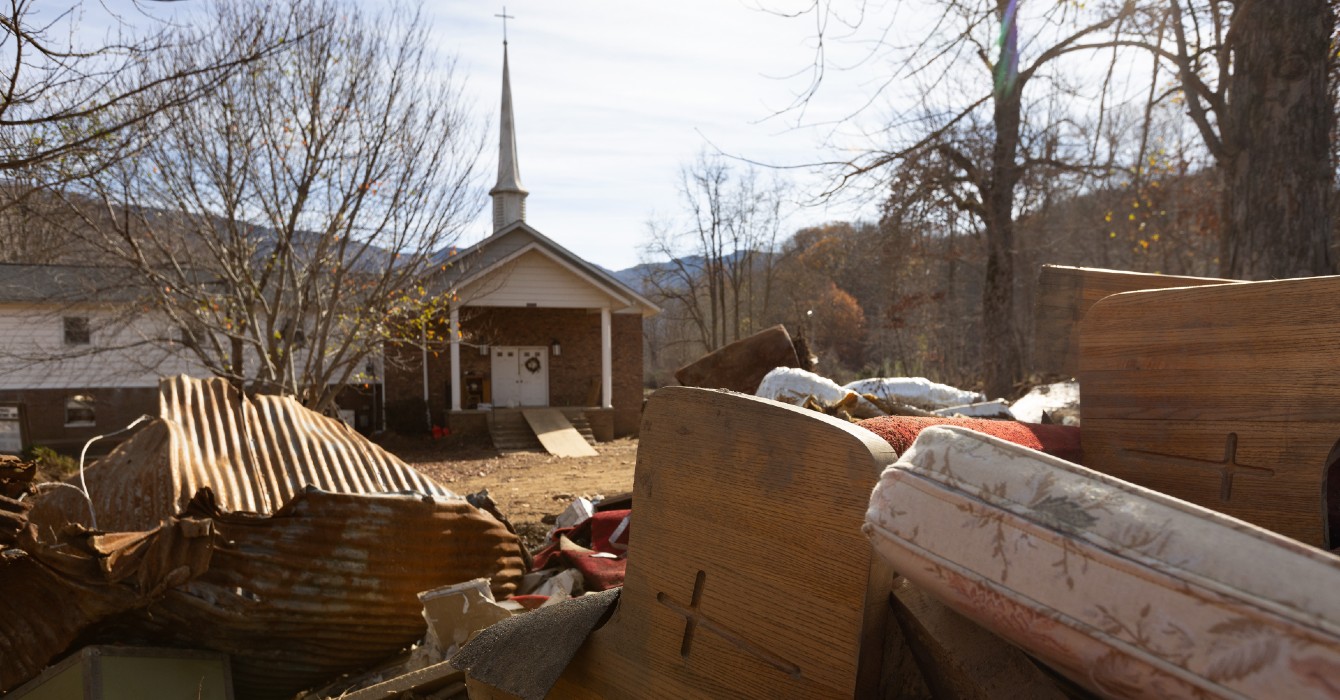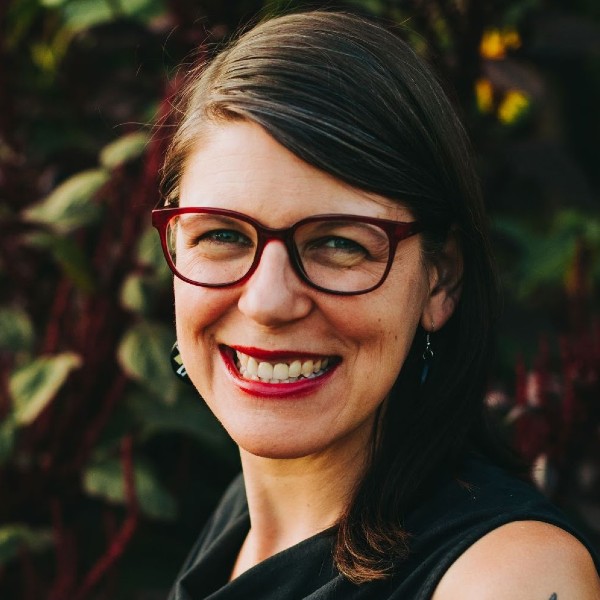Five years ago, recognizing that poverty was a problem in their small town, leaders at St. Paul’s United Church in rural Bancroft, Ontario, tried to respond to the crisis immediately in front of them. They held a fundraising campaign so that they could distribute grocery store gift cards to those in need.
It quickly became apparent, however, that food insecurity was one small part of a much larger problem.
“And that’s when we were first learning that quite a few people asking for the gift cards were in fact homeless,” said Judy Edgar, the church’s administrative assistant. “But this was in 2019, so it wasn’t obvious. People were living out of sight. They were in the forest or under the bridge by the river. It was easy not to see them.”
What the church tried next — establishing an overnight warming shelter in the building — tested the bounds of what the congregation could do, providing insight into what can happen when the best of intentions collide with a complex and often intractable problem. Looking back, things that should have happened have become clearer, like getting the necessary buy-in and training, and establishing a theological foundation for the effort.
“We were pretty naive about how to solve the problem,” said the Rev. Lynn Watson, then the church’s pastor. “We had no organization, no experience with addictions, trauma or sexual abuse. But when our congregation first agreed we should open a warming center and the local newspaper covered it, we were overwhelmed with community support.
“All the congregations helped out. It didn’t matter where you came from. We had enough food to feed an army. People gave us blankets, pillows, clothes. But the first night we opened, I knew we were in trouble.”
Homelessness is on the rise in many rural areas, where it can be harder to address because those experiencing it can be scattered and more hidden there than in other settings.
Rural churches, meanwhile, are some of the first places a community turns to in a homeless crisis.
“Churches are used to pulling together,” said Dianne Eastman, a volunteer at St. Paul’s. “They already have a network. There is this ‘we just gotta do what we gotta do’ reaction.”
Watson laughs now. “The first night, we set up six beds and we were worried no one was going to come. We ended up putting sleeping bags on the pews.”
A week later, the center was closed.
On the shelter’s final night, more than 20 people showed up, with others staying outside, Watson said. Then someone suffered an overdose in the cemetery behind the church.
“The police had already been in a couple of times that night,” she said. “They could see that we were not able to cope with the situation. But they let us try and figure it out. But then the overdose happened. We cried pretty hard that night.”
The next day, the town, the police and the fire department met with Watson and told her to close the warming center. It was not a request. Later, her congregation would vote to close it permanently.
“Everyone was naturally scared,” said Edgar. “Even people who had not been to church in a long time came out to vote against the proposal to continue the warming center. It was pretty devastating to watch that happen.”
Jane Kali, the executive director of the local nonprofit North Hastings Community Trust, has been trying to rally a community response to the homeless crisis in the area for several years.
“There continues to be no map for dealing with this,” she said.
With a lack of government response, Kali said her organization has struggled under the pressure of trying to deal with people affected by substance use disorder, overdoses and exposure deaths.
“There is no cavalry coming; you have to accept that,” Eastman said. “The sooner you understand that you just have to do what you can do, the sooner you can start trying to figure out what needs to be done. We have a head-in-the-sand understanding of homelessness right now. Town councils are more interested in tourism than they are in shelters.” (After five years of lobbying, the county opened a “mobile” warming center in Bancroft in early 2024 that offers no food or beds.)
Some of the people involved with the effort at St. Paul’s agree on work that could have been done in advance to improve the chances of success.
“Bring together as many people as you can — community, nonprofit, business, government — and do what you can do,” Eastman said, including looking at what other communities are doing rather than reinventing the wheel.
Watson said it’s important to build relationships, plan early and seek out needed training.
“You need to focus and build structure intentionally: build relations with the police, medical professionals, with mental health supports and your fire department,” she said. “Someone has to do staff scheduling. You will need security. Talk to the homeless — find out what they need, make them part of the plan, thank them for sharing. We didn’t do any of this. And then it was too late.
“Understand that you need to build trust with everyone. Your congregation needs to feel they can trust you. Homeless people will not trust you — you will have to earn that. Establish a zero tolerance for violence. Advocate with politicians for safe injection sites, safe supplies. Know that there will always be naysayers and saboteurs right in your own Christian community.”
But before doing any of that, Watson said, “you must be a theological reflector with your congregation. This is absolutely paramount. Your work must be based in Scripture. For me, it is Luke 4, to heal the brokenhearted.”
Which includes yourself. “Healing yourself begins by healing your community,” she said. “The church needs to be a sanctuary that drives justice. Don’t be afraid to take some lessons from 12-step programs. People will fail. You will fail. But every day is a new day. You start again.”
Watson said it’s wise to expect a “crisis of faith” in your congregation. “Only a few naysayers can tear the whole thing down. This will happen. It happened to me. I didn’t expect the personal attacks. I wasn’t prepared for it. I had to take a leave of absence and ultimately leave St. Paul’s for another church.”
In the end, “the church must be a sanctuary,” Watson said. “And I mean a sanctuary in the historical sense. A place of protection. Where people can trust us. Where we … talk to each other as individuals, as people who have families and stories and shared lives.”













